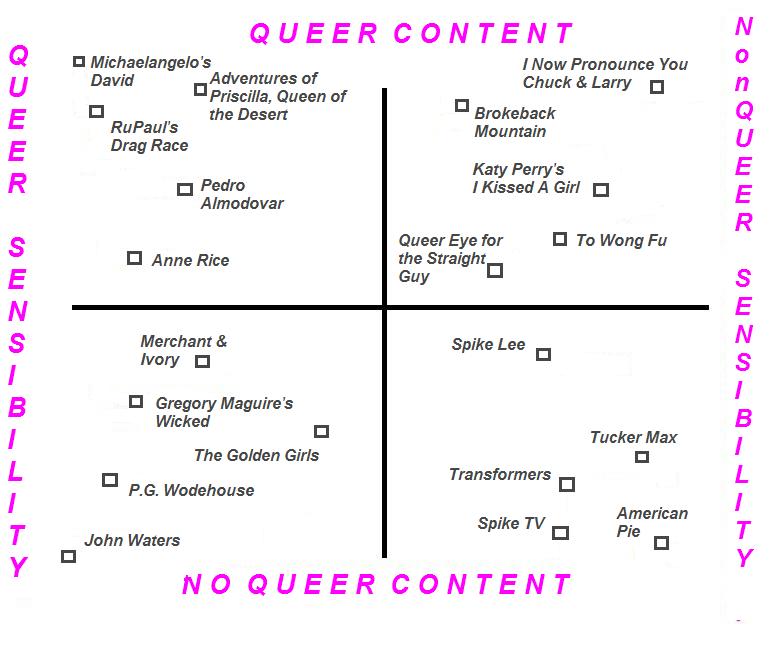Hey, hey! Head over to WROTE podcast to listen to Baz and Vance interview me about Irresistible, historical fiction, queer media, romantic comedy and more.
I think it’s hysterically funny. You might just get a smirk or two out of it, but judge for yourself. There’s a rapid fire question part at the end that really exposes how dialed in I am to the latest in technology and lifestyle. But this was definitely one of the most enjoyable media thingies I’ve done over the years, and I have to give a huge shout out and thank you to Baz Collins and Vance Bastian for giving me time to introduce myself to their listeners!
Here’s where you can listen to it, and share it all over the place:
WROTE stands for Written On The Edge, and the podcast runs weekly discussions about LGBTQ storytelling in all genres and mediums. Their guests have included some of my favorite authors like Scott Pomfret, Jerry Wheeler (who also was my editor on two novels), Joe Okwonko, and ‘Nathan Burgoine, among many others. Very entertaining stuff, and I’ve been spending my idle time catching up with episodes.

